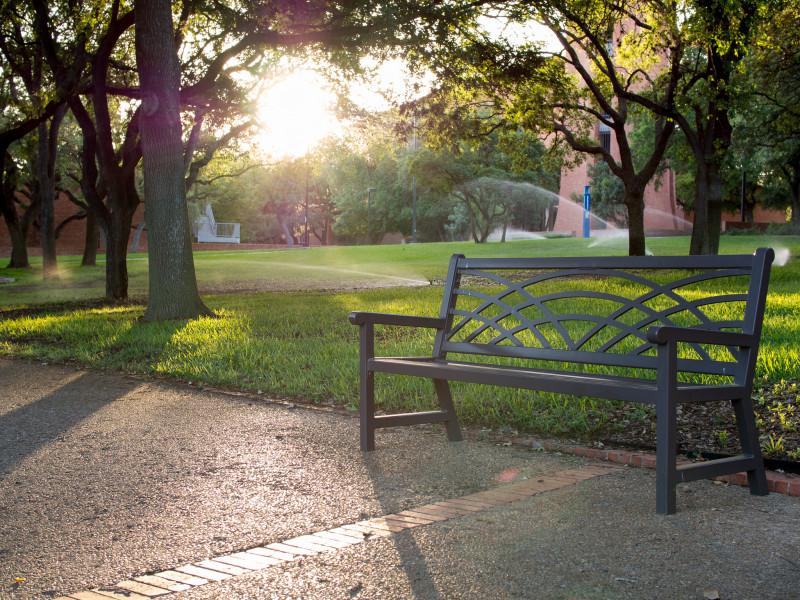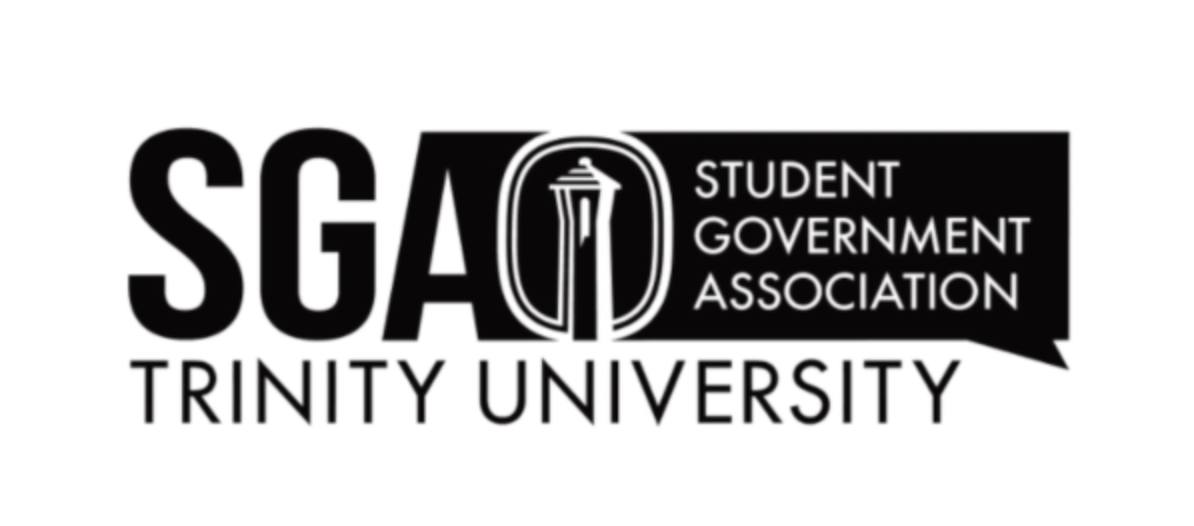The University acceptance rate is predicted to drop into the high thirties following years of increased marketing endeavors
Recently, the number of students applying to Trinity has increased. As Trinity becomes more well-known the acceptance rate will drop from what was once 50 percent to a projected 37 percent.
Eric Maloof, associate vice president for enrollment and student retention, suggests this development is directly related to developments in University Marketing and Communications that happened three years ago.
“A few years back, the university created an office of marketing, and the partnership between the marketing office and the admissions office is the main reason we’ve seen such a significant increase in applications in the past two years,” Maloof said.
More research is being done to perfect the Trinity brand. The department of marketing and communications has done a lot to create an understanding of the authentic Trinity experience, including hiring more student interns to get truer feedback and honest perspectives.
“Our goal as a department is to ensure that there is adhesive branding for the university. One of our goals with admissions is to elevate the prestige of the university,” said Michelle Bartonico, director of the marketing and communications department at Trinity.
Some believe that the increase in applications is due to the recent renovations on campus and good resources for academics, such as the university’s creation of the Center for Sciences and Innovation.
“We certainly noticed an uptick in applications after CSI was completed, and you would expect that for a number of reasons. For one, the campus was a bit chaotic during the construction, and conversely, now that it’s open it’s really a spectacular building,” said Tim O’Sullivan, interim associate vice president for academic affairs.
Although more students are applying to Trinity, this is not the effect of speaking with a larger audience of students. The admissions office understands that high school students have essentially secured their college list in the summer before their senior year, so the department has started speaking with students earlier.
“One of the strategies we’re trying is talking to more juniors. We’re not talking to more students, but talking to students earlier in the process,” Maloof said.
After the partnership with the office of marketing and communications, Trinity saw a 30 percent increase in applications; this year’s percentage has already surpassed last year’s expectations.
“We’ve been very bold and aggressive in getting Trinity’s name out to more students. We broadened the funnel and expanded the pathway for different students in the country to apply to the university,” Maloof said.
To do this, the admissions office relies on the work of the office of marketing and communications. With their help, an authentic, positive brand can be better displayed for Trinity.
“There is a lot of collaboration; before, there wasn’t an avenue for that. There is not a story and partnership,” Bartonico said.
As more students apply to Trinity, the more selective the application process gets and the harder it is to get accepted to the university. However, this change may attract students who have Trinity as their top school from the start.
“I already think that the students that come here are excited to come here, especially once they visit campus, but the greater the selectivity, you would expect there to be more enthusiasm on the part of the class,” O’Sullivan said.
This new selectivity will allow the university to find students that will benefit most from the Trinity experience. The admissions office will look for students that best fit Trinity: those who challenge themselves, are intellectually curious, are involved and are active in their community.
“We’re not just looking for more applications; we’re looking for more applications from students who are highly qualified, may appreciate the type of education we’re offering and are most apt to enroll, retain and graduate,” Maloof said.
Although the number of applicants is increasing, Trinity does not intend to grow university enrollment. The university maintains a goal for of 640 students for first-year classes, despite some variances. To accommodate larger class sizes, the Residential Life staff will do something similar to what was done this year.
“If we have another large incoming class, we will likely triple students again. I do not anticipate needing to do much beyond that,” said Melissa Flowers, director of Residential Life.
This dilemma is also minimized with Trinity’s purchase of the CityVista apartment complex. This, along with the maximum capacity the university intends to maintain, there are no expectations for room shortages.
“We do not anticipate room shortages again. We are committed to our three-year residency requirement and do not foresee the need to release juniors any time soon,” Flowers said.
Overall, the increasing number of applicants affects only the integrity of the Trinity community by making it stronger and more authentic every year. With the help of all departments on campus, the Trinity story can be better shared.
“I think we’re doing a better job of telling our story, telling about who we are and what types of students may be a good fit here. In the future, we’re going to have more students enrolling that are going to have a stronger affinity upfront for the Trinity education and the Trinity brand,” Maloof said.







